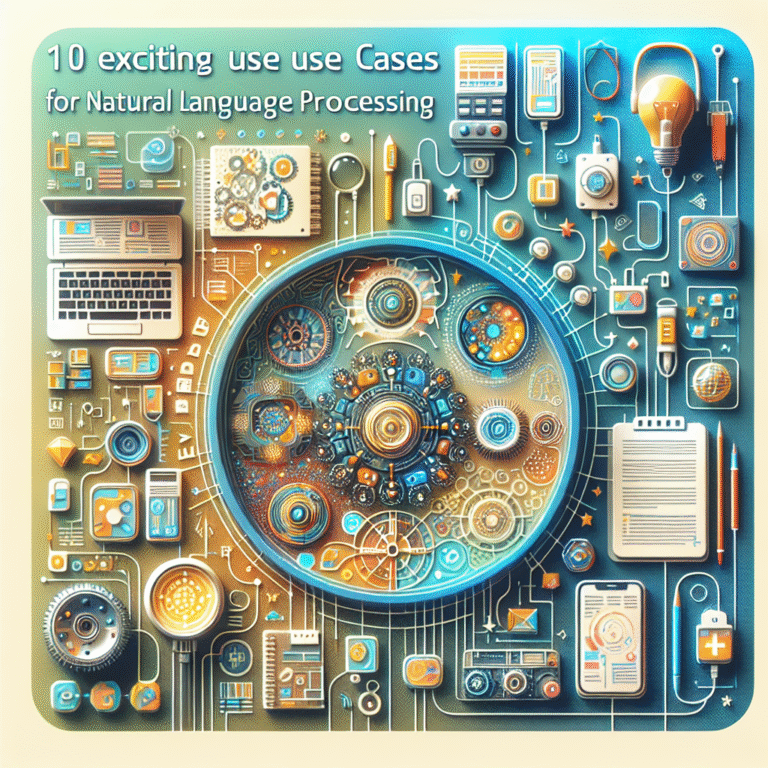
As blockchain technology continues to evolve, 2024 promises to bring significant advancements and innovations that will reshape various industries. From enhanced regulatory frameworks to the integration of artificial intelligence, the trends emerging this year will influence how businesses and consumers engage with blockchain. Here’s a detailed look at the top 15 blockchain technology trends to watch in 2024.
- Enhanced Regulatory Frameworks
With the rapid growth of cryptocurrencies and blockchain applications, regulators are stepping up their efforts to establish clearer frameworks. In 2024, we can expect more comprehensive regulations that aim to protect consumers while fostering innovation. These frameworks will likely address issues related to taxation, anti-money laundering (AML), and securities regulations, providing a clearer path for businesses operating in the blockchain space.
- Rise of Decentralized Finance (DeFi) 2.0
DeFi has transformed the financial landscape, but as it matures, we are entering a new phase—DeFi 2.0. This trend focuses on improving scalability, security, and user experience. In 2024, expect to see the emergence of more sophisticated financial instruments, better risk management protocols, and innovative liquidity solutions that enhance user participation and trust.
- Central Bank Digital Currencies (CBDCs) Expansion
Central Bank Digital Currencies are gaining traction globally, with more countries exploring their implementation. In 2024, several nations may launch or advance their CBDC initiatives, aiming to modernize payment systems and enhance financial inclusion. This trend will significantly impact traditional banking systems and could change the dynamics of monetary policy.
- Interoperability Solutions
As the number of blockchain networks increases, the need for interoperability becomes crucial. In 2024, we can expect significant advancements in cross-chain solutions that enable seamless communication between different blockchains. Projects focusing on interoperability will enhance the user experience and foster collaboration across platforms, allowing for more complex decentralized applications (dApps).
- Blockchain for Supply Chain Transparency
Blockchain’s ability to enhance transparency and traceability is increasingly being recognized in supply chain management. In 2024, more companies will adopt blockchain technology to track products from origin to consumer, improving accountability and reducing fraud. This trend will be particularly important in industries such as food, pharmaceuticals, and luxury goods.
- Tokenization of Assets
The tokenization of real-world assets continues to gain momentum, enabling fractional ownership and broader access to investment opportunities. In 2024, we will see more assets, including real estate, art, and commodities, being tokenized. This trend will democratize investing, making it easier for individuals to participate in markets that were previously restricted.
- Privacy-Enhancing Technologies
With growing concerns about data privacy, there is an increasing demand for privacy-enhancing technologies in blockchain. In 2024, advancements in cryptographic techniques, such as zero-knowledge proofs and confidential transactions, will gain popularity. These technologies will allow users to maintain their privacy while still participating in blockchain networks.
- Integration of Artificial Intelligence (AI)
The convergence of blockchain and artificial intelligence is set to transform various industries. In 2024, we will see more projects leveraging AI to enhance blockchain functionalities, such as data analysis, fraud detection, and automated decision-making. This integration will lead to more intelligent and responsive blockchain applications.
- Non-Fungible Tokens (NFTs) Beyond Art
While NFTs initially gained popularity in the art world, their applications are expanding rapidly. In 2024, expect to see NFTs used in gaming, real estate, music, and intellectual property. Brands will leverage NFTs for marketing campaigns and community engagement, further embedding them into consumer culture.
- Smart Contract Evolution
Smart contracts are evolving to become more sophisticated and user-friendly. In 2024, we will see enhancements in smart contract languages and development tools, making it easier for developers to create complex dApps. This trend will facilitate the growth of decentralized applications across various sectors, including finance, gaming, and supply chain management.
- Green Blockchain Initiatives
As sustainability becomes a pressing global concern, the blockchain industry is increasingly focusing on eco-friendly solutions. In 2024, we can expect more projects adopting energy-efficient consensus mechanisms, such as proof-of-stake, and initiatives aimed at reducing the carbon footprint of blockchain networks. This trend will appeal to environmentally conscious consumers and investors.
- Blockchain in Healthcare
The healthcare sector is recognizing the potential of blockchain for improving data security and interoperability. In 2024, we will see an increase in blockchain applications for electronic health records, clinical trials, and drug supply chains. By providing a secure and transparent way to manage health data, blockchain can enhance patient care and streamline operations.
- Growth of Decentralized Autonomous Organizations (DAOs)
DAOs are reshaping governance models by empowering communities to make collective decisions. In 2024, more organizations will adopt DAO structures, allowing stakeholders to participate in governance and resource allocation. This trend will promote transparency, accountability, and inclusivity in decision-making processes.
- Blockchain for Identity Management
Decentralized identity solutions are gaining importance as individuals seek more control over their personal data. In 2024, expect to see an increase in blockchain-based identity management systems that provide users with secure, verifiable identities while protecting their privacy. These solutions will facilitate online transactions and reduce fraud.
- Educational Initiatives and Workforce Development
As blockchain technology continues to grow, the demand for skilled professionals in the field is increasing. In 2024, educational initiatives focused on blockchain literacy and workforce development will be crucial. Universities and organizations will offer courses and training programs to equip individuals with the skills needed to thrive in the blockchain ecosystem.
Conclusion
The blockchain landscape in 2024 is characterized by innovation and the pursuit of real-world applications. As these trends unfold, they will significantly impact industries, governance, and consumer behavior. Staying informed about these developments will be essential for anyone looking to navigate the rapidly evolving blockchain ecosystem and harness its potential for growth and transformation.




